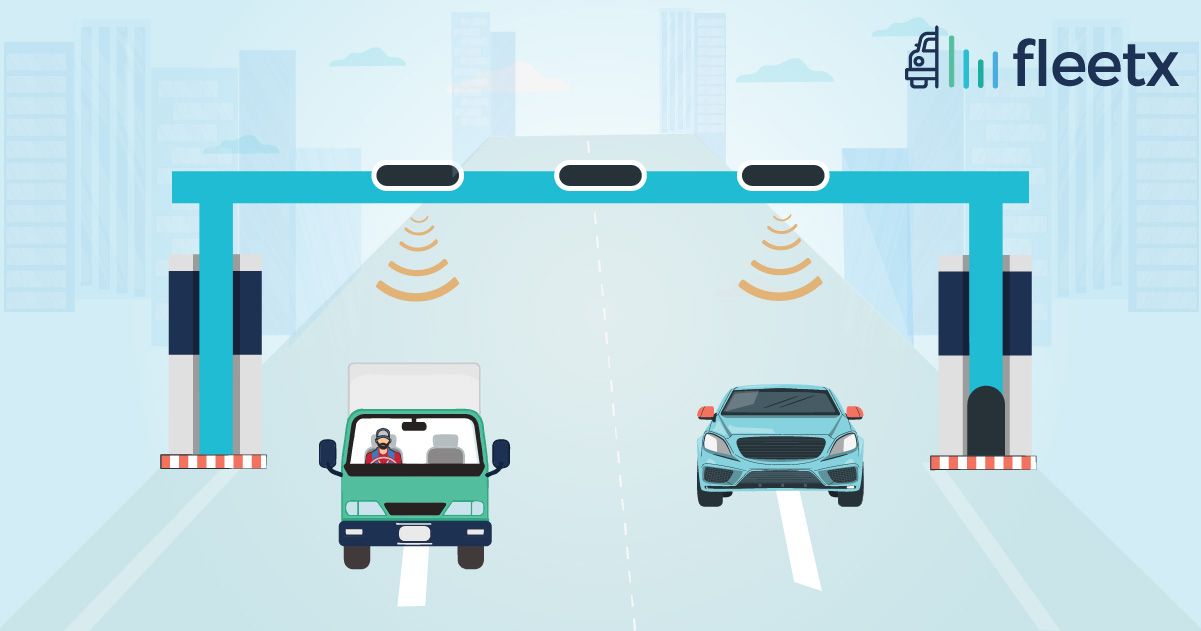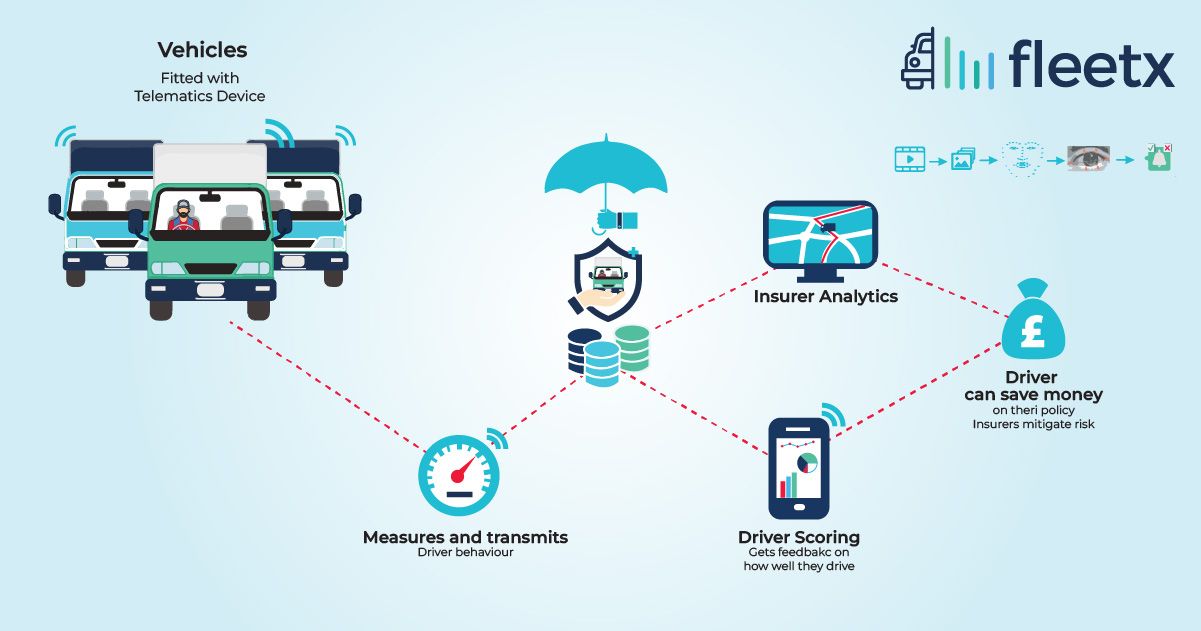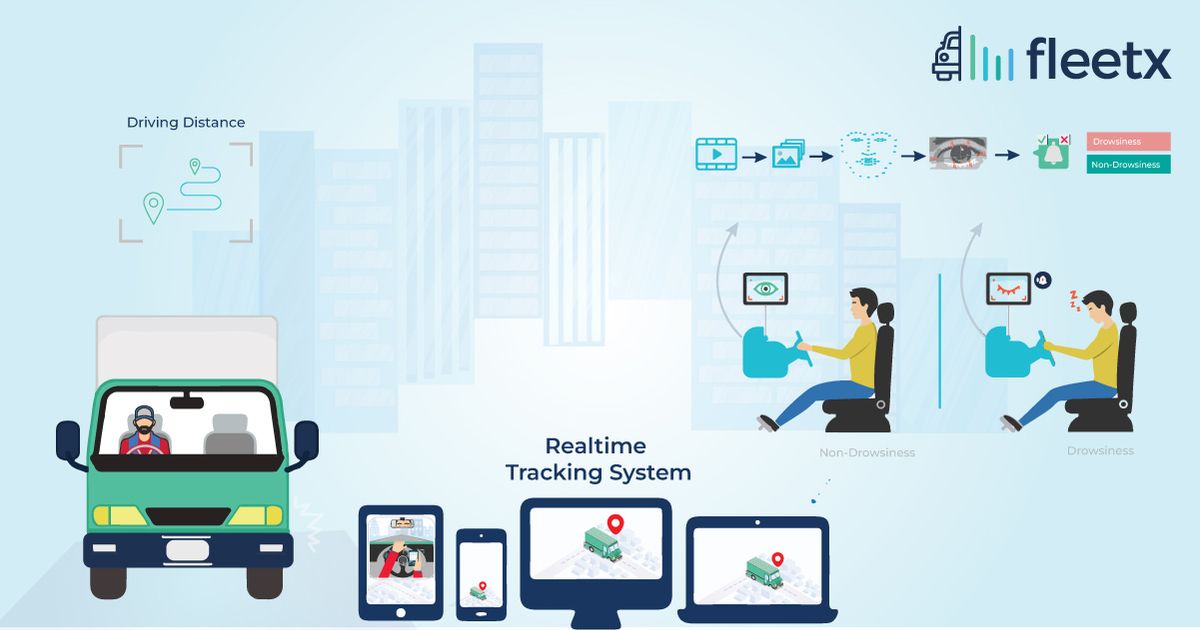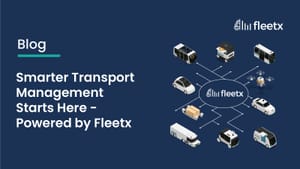
India is moving quickly toward digitalization since 2014, the current government had initiated a perfect solution for a hassle-free trip on national highways that is FASTag in 2014, and now they are all set to start a GPS Toll Collection medium. With this initiative, the nation's actual toll booths will soon be eliminated, and the state will instead collect tolls using a GPS-based system, according to Union Transport Minister Nitin Gadkari. All over India, many people have questions about what telematics and GPS toll collection are and how well it operates. Here in this article, we will talk about all the aspects related to the new GPS toll collection medium.
What is a FASTag?
The National Highway Authority of India (NHAI) started the FASTag electronic toll collecting system, for making toll payments directly from the associated prepaid or savings account or from the toll owner, it uses Radio Frequency Identification (RFID) technology. The system was first established in 2014 on the section of the Golden Quadrilateral between Ahmedabad and Mumbai as a demonstration project. This enables one to travel past the toll plaza without stopping to pay the toll automatically. You may recharge your FASTag using your debit card, credit card, net banking, and UPI with the NHAI Prepaid Wallet, and you can set your own recharge amount in accordance with your own preferences.
What is a GPS tracking device with AIS 140 certification, and who needs one?
The Indian government has set up an Intelligent Transport System (ITS) in accordance with Automotive Industry Standard-140 to improve and guarantee the effectiveness of the transportation system (AIS 140). It has been demonstrated around the world that the ITS maximises the use of current transportation infrastructure to the fullest extent possible. This aids in enhancing the comfort, safety, efficiency, and quality of the transportation system. There is a need for government regulations that outline the emergency and safety requirements that must be included in all types of public transportation systems since there are more cars on the road every day.
The most reliable application and careful adherence to AIS-140 criteria can aid in reducing the environmental effect, reducing traffic congestion, and improving traffic management. Both the general population and the commercial users will gain from this. This has been made mandatory for bus, taxi, and institutional bus owners as they require this to make the vehicle safe and comfortable for the customers. The AIS- 140 device also provides GPS+ AGPS Tracking, IP66 Dust and Waterproof, 50000 pieces of data storage, SOS Emergency call option, door status detection, multiple alarms and alerts and multiple analogues with a minimal installation price of around Rs. 5000- Rs. 10,000.
The announcement made by the Road Transport and Highway Minister
India will completely use GPS-based toll collecting in place of toll booths. Nitin Gadkari claimed that while 93% of the cars use FASTag to pay their tolls, 7% of them still do not use it in spite of paying a double toll. According to media reports, he added,
"I want to assure the House that within one year all physical toll booths in the country will be removed. It means that toll collection will happen via GPS. The money will be collected based on GPS imaging (on vehicles)".
How will the new GPS-system work?
The GPS- the system will allow customers to pay the toll based on how far they travelled on the roadway. According to the new laws, tolls will run on a pro-rata basis. This implies that the toll you must pay will increase the more you utilise the roadways. The approach is already in use and has shown considerable success in a number of European nations. The Indian government intends to install a similar system on Indian roadways. By this initiative, as soon as the vehicle enters the toll road, the GPS-based toll collecting system begins to record the trip. When the automobile leaves, it stops. Depending on how many kilometres the user has travelled on the expressway, he must pay the toll.
What is Telematics Insurance?
Telematics insurance is a sort of auto insurance which makes use of gadgets including smartphone apps, GPS gadgets, onboard diagnostic gadgets and sensors. Black boxes, which are installed in client vehicles, are the most widely used telematics device because they offer exact data that is very difficult to manipulate. Numerous driving behaviours are tracked by telematics devices, which transmit the data to an Indian auto insurance provider so they can analyse the risk and set the appropriate insurance rate.
The takeaway
As India is growing more tech-savvy and automating everything. In order to have a clearer and more accurate understanding of vehicle data, now vehicles will be rated and studied through telematics data. The telematics data gathered may be used by technology to ease vehicle owners' risk. The future lies in toll-polling with GPS capabilities, in the next few years, it will be interesting to watch how telematics will affect the Indian transport and insurance market. It is now essential for businesses who manage fleets to track their toll charges, and insurance rates and manage their operational costs by utilising telematics software.
What is gps based toll collection system?
Vehicles will need to be equipped with a Ais140 device that can track their movement on the roadways in order to be subject to GPS-based tolling. Once a vehicle of this type enters a toll road, a highway system tracks the car, and a toll is assessed based on the distance travelled at the highway exit point.
Does FASTag have GPS?
No, FASTag does not now support GPS; instead, it uses RFID technology. It merely assists with electronic payment; it does not track the movement of the car.






